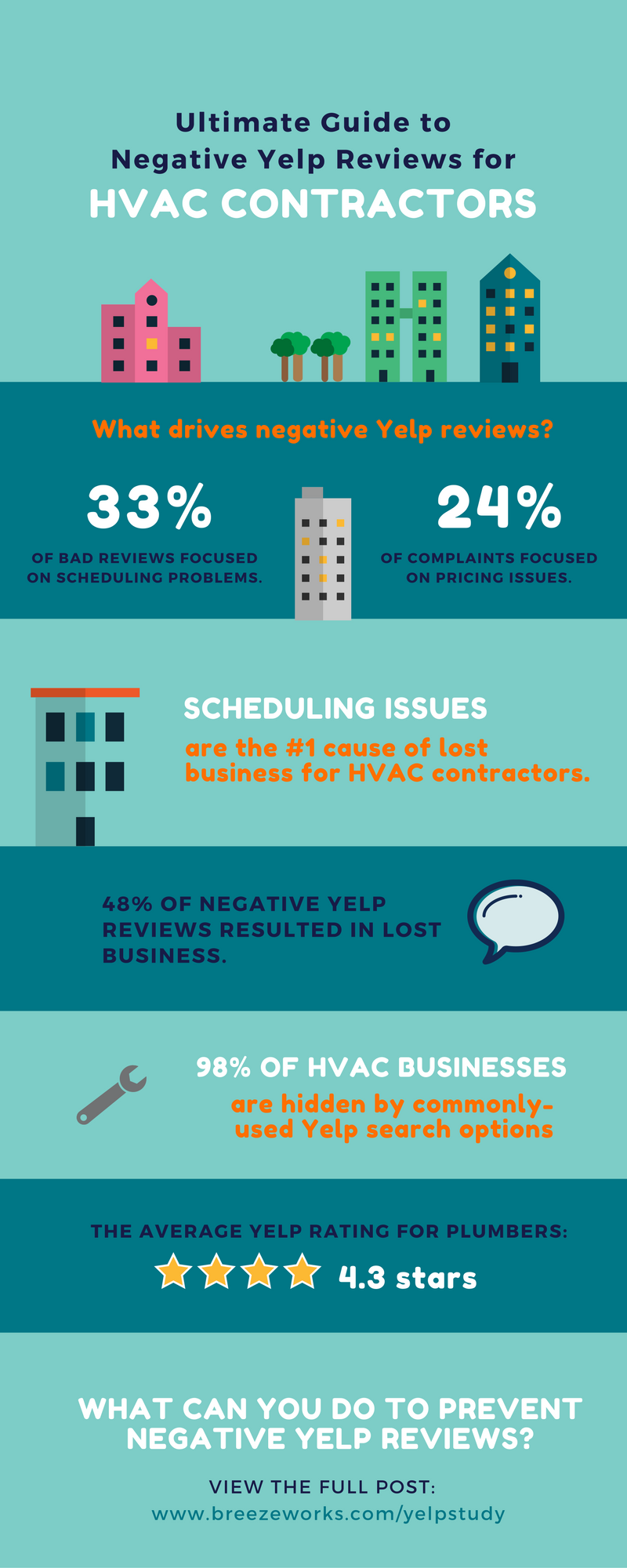The Ultimate Overview To Recognizing Warmth Pumps - How Do They Work?
The Ultimate Overview To Recognizing Warmth Pumps - How Do They Work?
Blog Article
Post Produced By-Hoppe Hanna
The most effective heatpump can conserve you substantial amounts of cash on energy expenses. They can likewise help reduce greenhouse gas discharges, specifically if you utilize electrical energy instead of nonrenewable fuel sources like gas and home heating oil or electric-resistance heating systems.
Heatpump work significantly the like ac system do. This makes them a feasible choice to conventional electric home heater.
How They Function
Heatpump cool down homes in the summertime and, with a little assistance from power or gas, they give some of your home's heating in the winter months. They're a great alternative for individuals that intend to minimize their use fossil fuels but aren't all set to change their existing furnace and a/c system.
They rely on the physical truth that even in air that appears as well chilly, there's still energy present: cozy air is always relocating, and it intends to move right into cooler, lower-pressure settings like your home.
Many ENERGY celebrity licensed heat pumps operate at near their heating or cooling capacity throughout the majority of the year, decreasing on/off cycling and conserving power. For the very best efficiency, concentrate on systems with a high SEER and HSPF score.
The Compressor
The heart of the heat pump is the compressor, which is likewise referred to as an air compressor. ac units moving device uses potential power from power creation to raise the pressure of a gas by lowering its volume. It is various from a pump because it just deals with gases and can not work with fluids, as pumps do.
how is a heat pump installed enters the compressor via an inlet valve. It travels around vane-mounted arms with self-adjusting length that separate the inside of the compressor, developing numerous tooth cavities of varying dimension. The blades's spin forces these tooth cavities to move in and out of stage with each other, compressing the air.
The compressor pulls in the low-temperature, high-pressure refrigerant vapor from the evaporator and compresses it right into the hot, pressurized state of a gas. This procedure is repeated as needed to supply home heating or cooling as required. The compressor also contains a desuperheater coil that recycles the waste warm and adds superheat to the refrigerant, altering it from its fluid to vapor state.
The Evaporator
The evaporator in heatpump does the very same thing as it does in fridges and a/c, altering liquid cooling agent into an aeriform vapor that removes warmth from the area. https://messiahgugtd.blogolenta.com/26213257/5-indications-it-s-time-to-update-your-furnace-to-a-heat-pump would certainly not function without this crucial tool.
This part of the system lies inside your home or structure in an indoor air handler, which can be either a ducted or ductless system. It includes an evaporator coil and the compressor that compresses the low-pressure vapor from the evaporator to high pressure gas.
Heat pumps absorb ambient warm from the air, and afterwards utilize electrical energy to transfer that heat to a home or service in heating setting. That makes them a lot more energy reliable than electric heating systems or furnaces, and since they're making use of tidy electrical power from the grid (and not shedding fuel), they also generate much fewer emissions. That's why heat pumps are such great environmental choices. (And also a massive reason that they're becoming so prominent.).
The Thermostat.
Heat pumps are wonderful choices for homes in chilly climates, and you can use them in mix with traditional duct-based systems or even go ductless. They're a fantastic alternative to fossil fuel heater or conventional electric heaters, and they're extra lasting than oil, gas or nuclear heating and cooling equipment.
Your thermostat is one of the most essential part of your heatpump system, and it works very differently than a standard thermostat. All mechanical thermostats (all non-electronic ones) work by using compounds that transform dimension with raising temperature level, like curled bimetallic strips or the broadening wax in an automobile radiator shutoff.
These strips consist of 2 different sorts of steel, and they're bolted with each other to create a bridge that finishes an electrical circuit linked to your HVAC system. As the strip obtains warmer, one side of the bridge increases faster than the other, which causes it to bend and signify that the heating system is needed. When the heat pump remains in home heating mode, the reversing shutoff reverses the circulation of cooling agent, so that the outdoors coil now operates as an evaporator and the indoor cylinder ends up being a condenser.